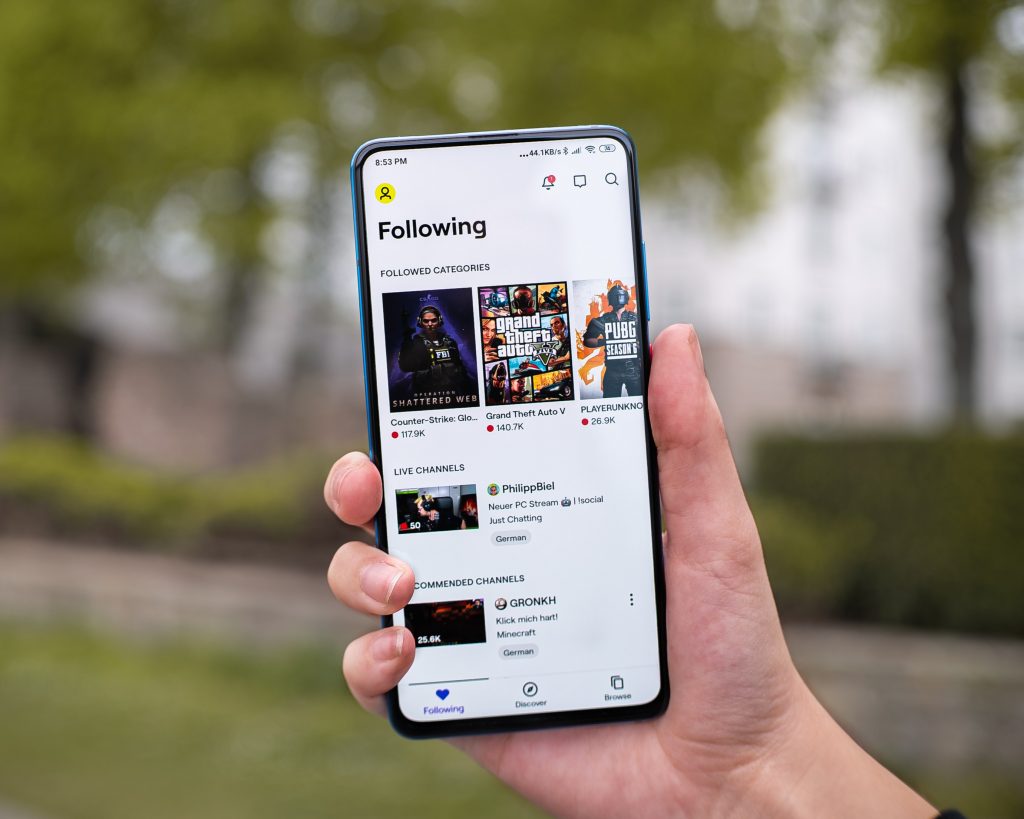User generated content has become increasingly popular, with platforms like TikTok and Twitch enabling anyone to create and share content, build an audience, and even generate revenue. These platforms are fundamentally changing how we consume and interact with content by empowering creators and fostering personalized communities. According to Grand View Research, the global user generated content platform market was valued at USD 4.4 billion in 2022 and is projected to expand at a compound annual growth rate (CAGR) of 29.4% from 2023 to 2030.
TikTok: The Short-Form Video Revolution
TikTok has revolutionized short-form video, with its AI-powered “For You” page surfacing a personalized feed of 15-second clips tailored to each user’s interests. This has enabled creators from all walks of life to build massive audiences by posting short, often quirky or comedic clips on anything from dance and comedy to educational content. Some of the app’s biggest stars like Charli D’Amelio and Addison Rae have gained over 100 million followers and turned TikTok into a full-time career.
Furthermore, TikTok’s model is a far cry from the era of three TV channels. Its algorithmically-guided “For You” page means no two people’s TikTok experiences are the same. The app has been downloaded over 672 million times in 2022, topping Instagram and Whatsapp as the most downloaded app in 2022. It has made short-form video a core part of popular culture, especially among Gen Z. It also directly forced the creation of similar services from other tech giants such as Youtube Shorts and Instagram Reels. TikTok’s rise is a case study in how personalized, user generated content distributed at scale can reshape entertainment and influence.
Twitch: Livestreaming and Gaming Communities

Twitch began as a livestreaming platform focused on gaming but has since expanded to include everything from cooking to music, also known as IRL (in real life) streams. Streamers share live video of themselves engaging in an activity, chatting with viewers in real-time via comments. Top streamers like Ninja, shroud and Pokimane have turned Twitch into highly successful careers, making millions of dollars a year from subscriptions, ads, sponsorships and viewer donations.
Moreover, like TikTok, Twitch relies on creators and communities, not content executives, to determine what’s popular. Streamers build highly engaged audiences and virtual communities centered around shared interests. The live, unscripted nature of streams makes the viewing experience feel personal. According to TwitchTracker, Twitch nearly doubled its daily viewer count since the pandemic. It now has around 24 million daily viewers and nearly 10 thousands daily streamers.
The PhD Gamer: How QuickyBaby Made Livestreaming His Profession
One of my favorite Twitch streamers is QuickyBaby, a popular World of Tanks gamer and content creator with a geography PhD background. His success demonstrates several key factors that allow streamers to build highly engaged audiences. First, QuickyBaby is active across multiple platforms like YouTube, Facebook and Twitter, not just Twitch. This cross-platform presence exposes him to new potential viewers and allows fans to connect with him in different ways. Second, he produces high quality gameplay videos and livestreams, showcasing his skill and knowledge of World of Tanks. This specialized, skill-based content attracts niche but loyal viewers within the gaming community. Third, QuickyBaby is an entertaining and funny personality, engaging with his viewers in a very genuine, charismatic way. Finally, gaming content is naturally binge-worthy and encourages viewers to tune in regularly to follow the progress and ups and downs. All of these elements have allowed QuickyBaby to turn livestreaming into a successful career, gaining over 550k followers on Twitch. Overall, QuickyBaby is a prime example of how the democratization of livestreaming has empowered everyday people to become creators and influencers in their own right.
The Future: Creators, Communities and Virtual Worlds
In conclusion, platforms like TikTok and Twitch highlight how the future of content is creator-driven and community-oriented. They enable audiences to connect directly with creators and each other around shared interests. Virtual goods, live events and other tools for fan engagement will become increasingly important revenue streams for creators.
Companies are also investing heavily in virtual worlds and virtual reality technology that could take these trends to the next level. Platforms like Roblox, Horizon Worlds, and VRChat let users create their own worlds and experiences. If they achieve mainstream popularity, they could usher in a new era of user generated virtual content and hyper-personalized virtual communities.
At Musing in Economy, we believe that the democratization of content is an important trend that will continue to shape the future of entertainment. We would love to hear your thoughts on this topic and how you think it will impact the industry moving forward. Do you have any favorite creators on TikTok or Twitch? Have you explored any virtual worlds or experiences? Let us know in the comments below!

